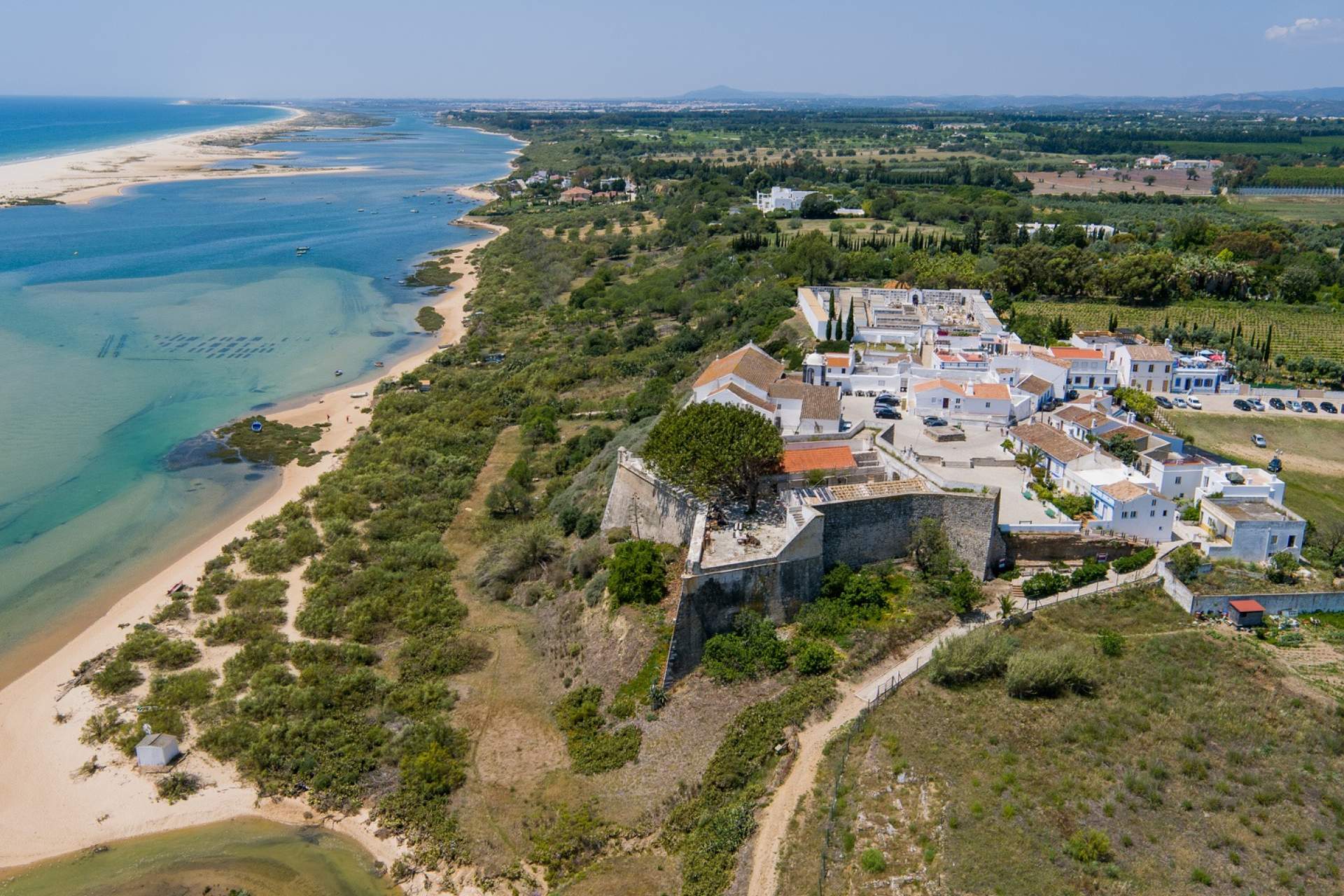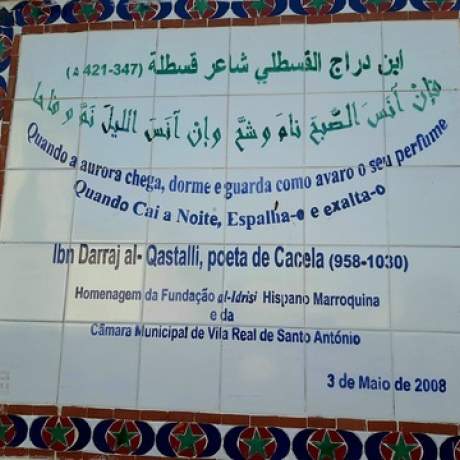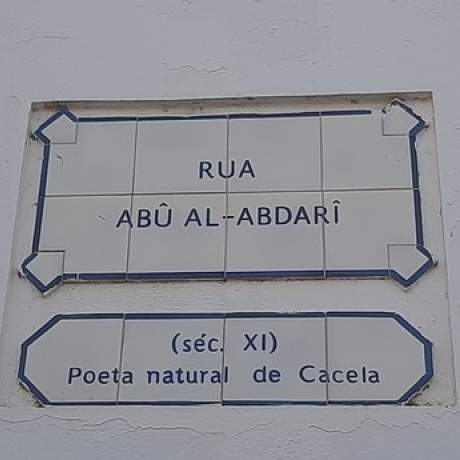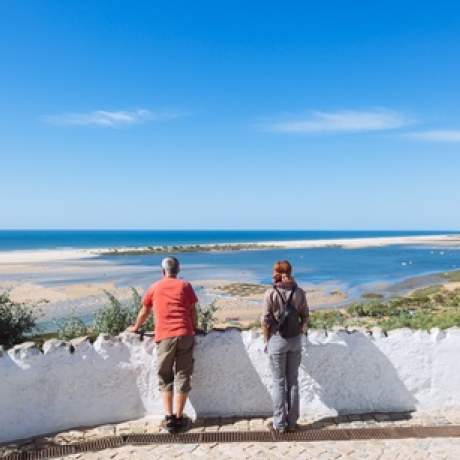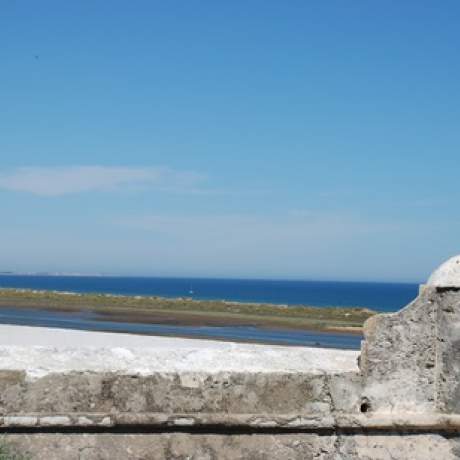
Cacela Velha Historic Centre
On the Ria Formosa lagoon, the coastal town of Cacela Velha preserves unique historical ensemble and important archaeological remains of the people who crossed it.
It was during the Islamic occupation that Qast'alla gained strategic relevance, controlling the entrance of Ria Formosa. The geographer Al-Idrisi mentions Cacela as having "a fortress built by the sea (...) It is well populated and there are many vegetable gardens and fields of fig trees in it". Fertile land then flanked the coast with calm waters that allowed fishing activities that are still going on today.
The Muslim fortress would have been built during the 11th century, built of rammed earth with a quadrangular plan, bordered by square towers with an elbow-shaped entrance. During the Islamic period, it was from this fortress that the boats that entered the lagoon on their way to the cities of Tavira and Faro were monitored.
Archaeological excavations carried out outside the walls have revealed, beneath a 14th century Christian cemetery, a 12th and 13th century residential Almohad quarter, uncovering residential structures with a central patio, along a street with a public pipe system. Stretches of the wall that delimited the settlement during the Islamic period, successively rebuilt in later periods, have also been discovered.
Wander the streets of the historic centre of Cacela and let yourself be imbued with the poetic spirit of Al-Andalus, which is reflected in the name of the streets dedicated to poets who were born there, such as Ibn Darraj al-Qastalli, a poet from the court of Almanzor and one of the greatest of his time, who inspired many others such as Abu al-Abdari, also from Cacela.
And to better feel a taste of this era, be sure to take part in the Noites d'Encanto Festival (Enchanting Nights) which, in July, takes place in this natural amphitheatre overlooking the sea, revisiting Al-Andalus through music, sounds and oriental dance.
Phone:
Email:
Timetable:
CIIP (Heritage Research and Information Centre) Cacela promotes guided tours in Cacela Velha
Close
Search results for:
No results were found matching your search.
Information available soon.


